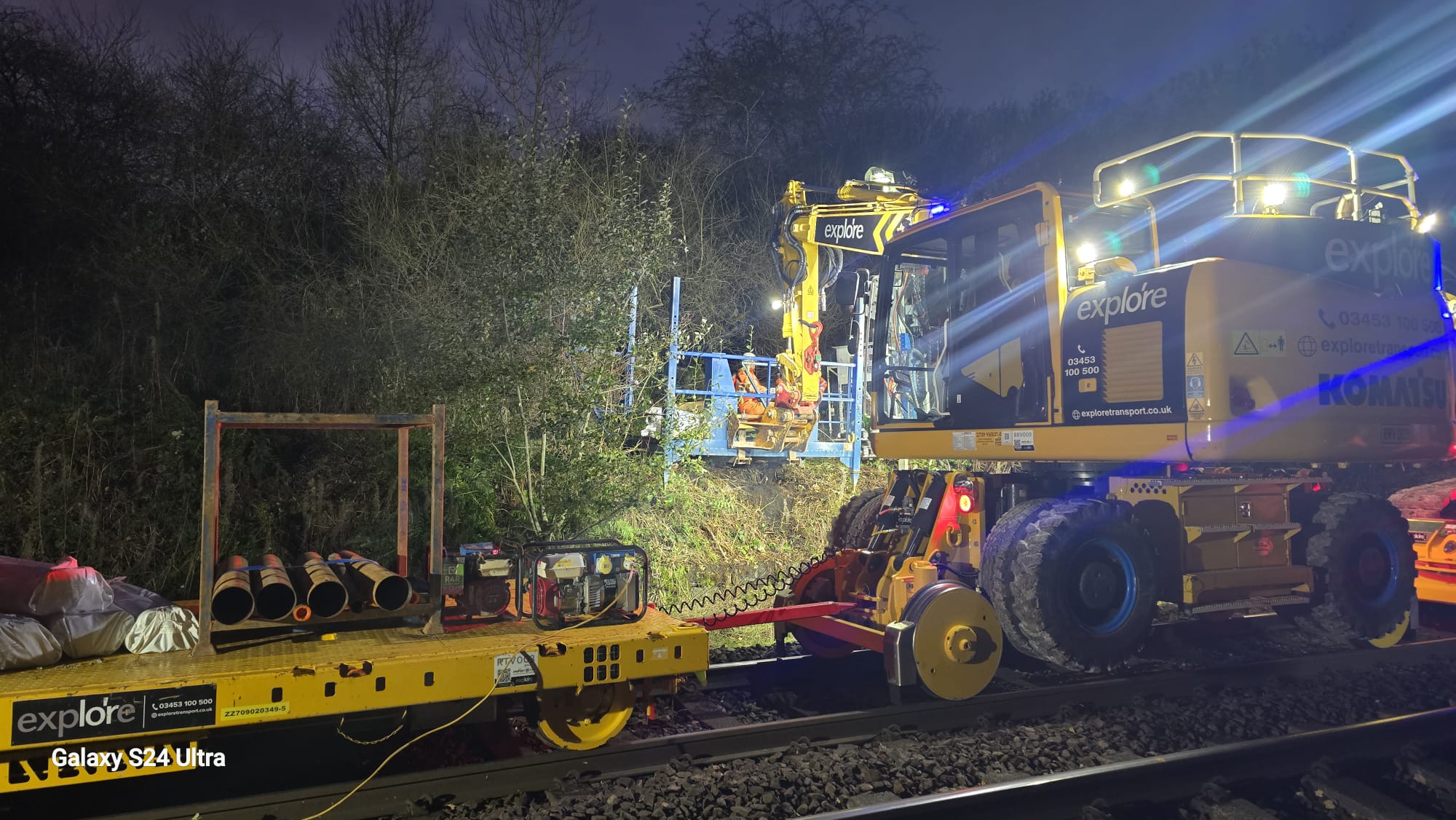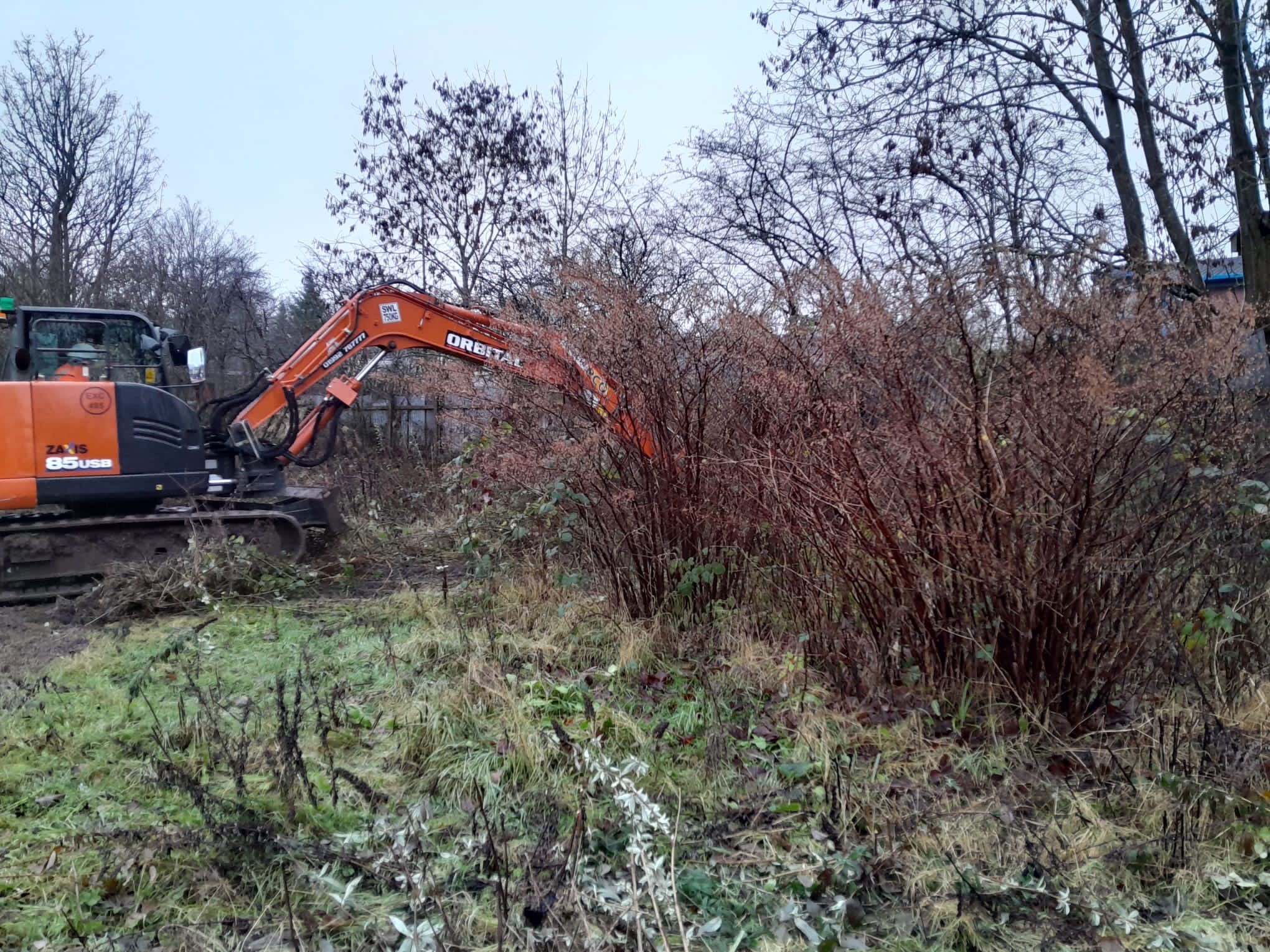Site Size: 400 m2
BACKGROUND
Knotweed Services (UK) Ltd were contacted by the client to organise a site survey on a private property consisting of 4 detached houses on the boundaries of a sailing and fishing lake. The JKW is located on the far RHS property boundary and extends the entire rear width of the private property.
At time of call, our client informed us that an extremely large, mature in age amount of JKW had been spotted on their property boundary.
SITE SURVEYS
Our fully qualified technicians complete all site surveys.
The first and arguably most important stage of any successful management plan is to assess the extent of the problem. Until this was fully understood we recommended to the clients that due to having no intention of selling in the next 5 years, the most cost effective way to treat the JKW was a Herbicide Treatment Plan & Crown removal – 5 year management plan to be put in place.
At the time of survey, there was a 400m2 well established mature area covered by JKW. The spotted JKW was noticed more than 6m from river edge. I said it was a RICS Category 3, due to the JKW present within the boundaries of the property boundary. I recommended a waste removal of debris, garden vegetation and cane removal to prepare site for herbicide treatment.
MAPPING
The mapping stage of our plans is crucial to identify the location of the infestation. This not only helps to indicate the proximity to boundaries/habitable space & outbuildings and the associated RICS classification, but also identifying the possible migration (7m buffer zone).
See Figure 1.

TREATMENT
All treatments are carried out by our fully qualified technicians.
When I arrived to the site on the 1st day of treatment after the cane and debris clearance had been done, I noticed due to the summer weather, an increase in propagation of stand coverage due to organic waste clearance. I sprayed the area with herbicide and injected the stems. I returned to do 2nd treatment in August and noticed how well the stem injection and spray performed. Another treatment visit was made in 2017 and 6 visits were made in 2018, including waste clearances, herbicide treatments and a biomass reduction.
On my first visit in 2018, I observed the area and decided a site preparation for new growth season was needed. I created a large burn pit on edge of control zone in order to dispose of all JKW generated waste on site. I returned in the same month to clear all the dead dry canes, disposed of via the burn pit. The stands were cleared and raked to allow good growth. The crowns began to be extracted later that day once site was cleaned and cleared. Moist crowns were thrown on pit to reduce fire size whilst offsite. 2 more treatments have commenced this year and we are very happy the progress.



